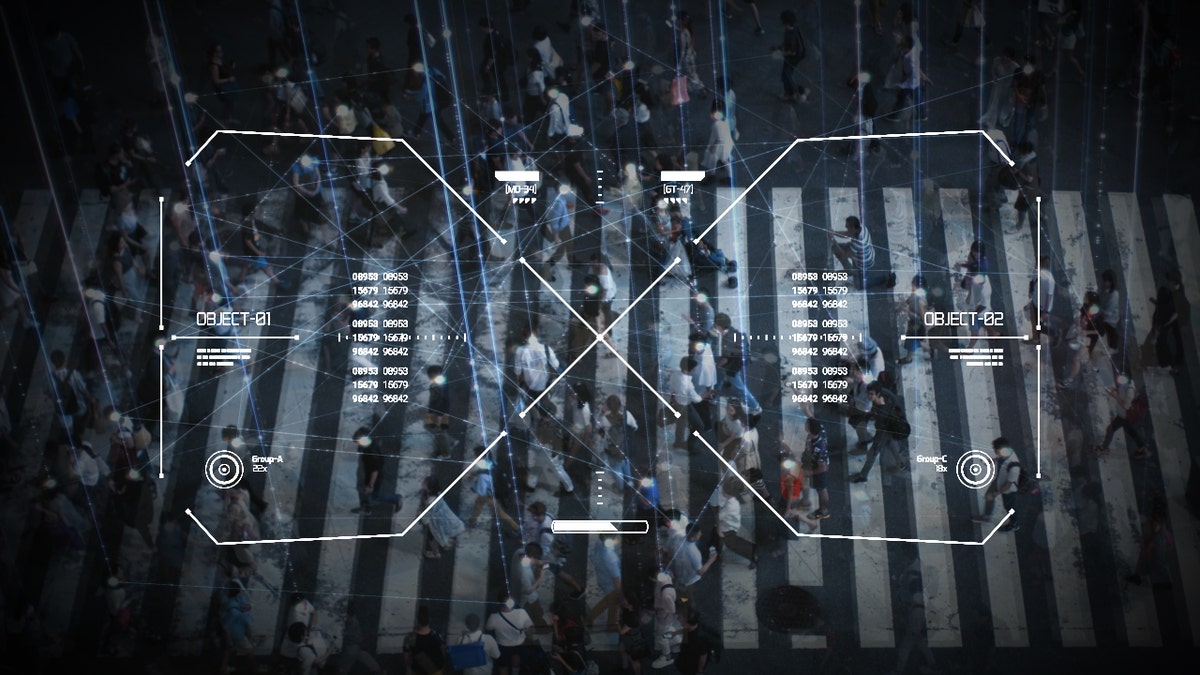The increasing sophistication of artificial intelligence (AI), particularly generative AI, presents an unprecedented threat to the security of government agencies and entitlement programs. For years, experts warned about the potential for fraud in times of national emergency, and the COVID-19 pandemic tragically confirmed these fears. Cybercriminals exploited vulnerabilities in programs like rent relief, unemployment benefits, and PPP loans, resulting in the theft of hundreds of billions of dollars.
As government agencies implemented facial recognition to combat fraud, the use of AI-generated deepfakes to bypass these systems was predicted – and is now a reality. Criminals are using AI to create synthetic identities, file fraudulent tax returns, and impersonate individuals, often going undetected. This alarming trend extends to vital programs like Social Security, Medicare, and Medicaid, putting essential services for millions of Americans at risk.

AI algorithms, trained on vast datasets, can predict sensitive information structures like Social Security numbers with alarming accuracy. This capability enables the creation of synthetic identities used in a wide range of fraudulent activities, from healthcare claims to defense contracts. The scale and automation potential of AI-driven fraud can overwhelm existing detection systems.

For example, AI could generate synthetic identities that match the profiles of legitimate Social Security beneficiaries, diverting funds away from those who need them. In healthcare, AI-fabricated medical claims could result in billions of dollars in losses. Even defense contracts could be targeted through convincing bids from bogus AI-generated companies.
However, the same technology can be used for defense. Multifactor authentication and behavioral biometrics offer a sophisticated approach to combating AI fraud. Behavioral biometrics analyzes how individuals interact with digital devices, including typing speed, mouse movements, and smartphone handling. These nuanced behaviors are difficult for AI to replicate, providing a critical layer of defense. Additionally, AI systems can detect patterns of fraud and anomalies in data that humans might miss, flagging improbable combinations of personal details or unusual application influxes.


Combating AI fraud requires a multi-pronged approach involving interagency collaboration, continuous innovation, and investment in advanced technologies. Fraud prevention needs to be viewed as a crucial aspect of national security, and open dialogue about the issue is essential. By proactively addressing this threat, we can safeguard our systems and protect the integrity of our nation.








